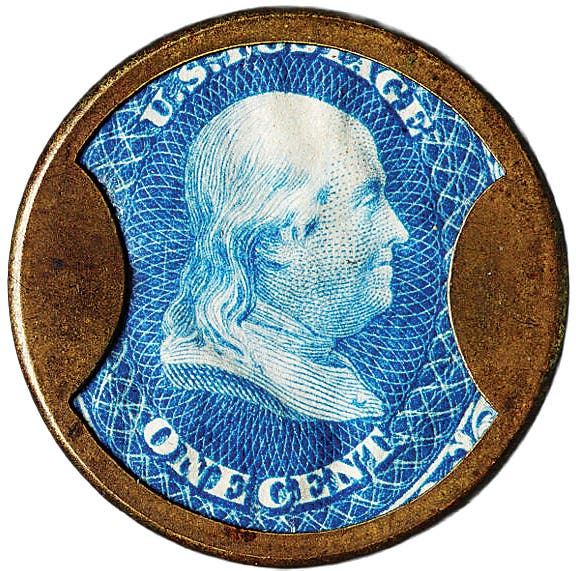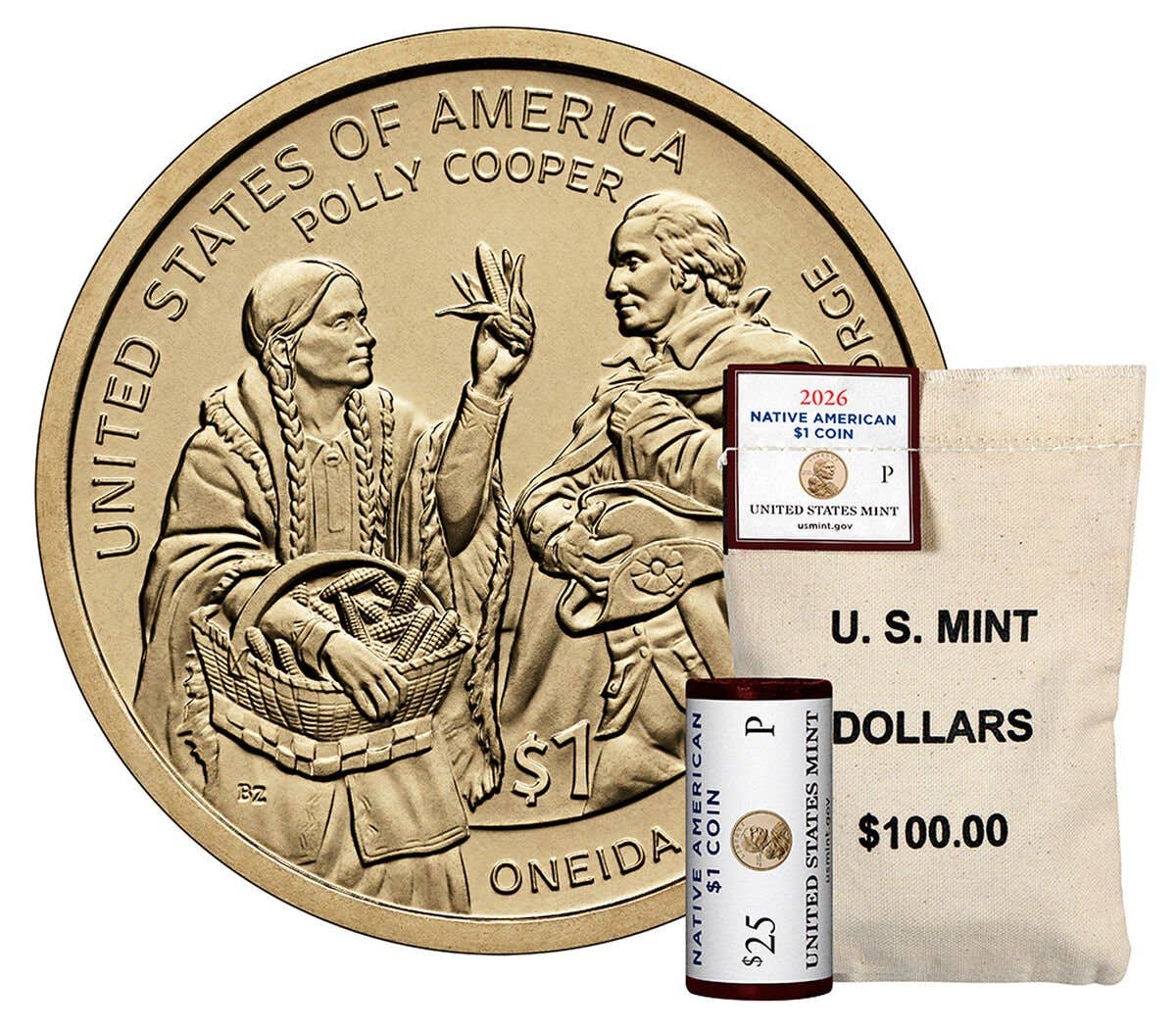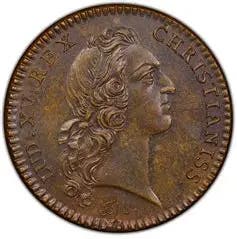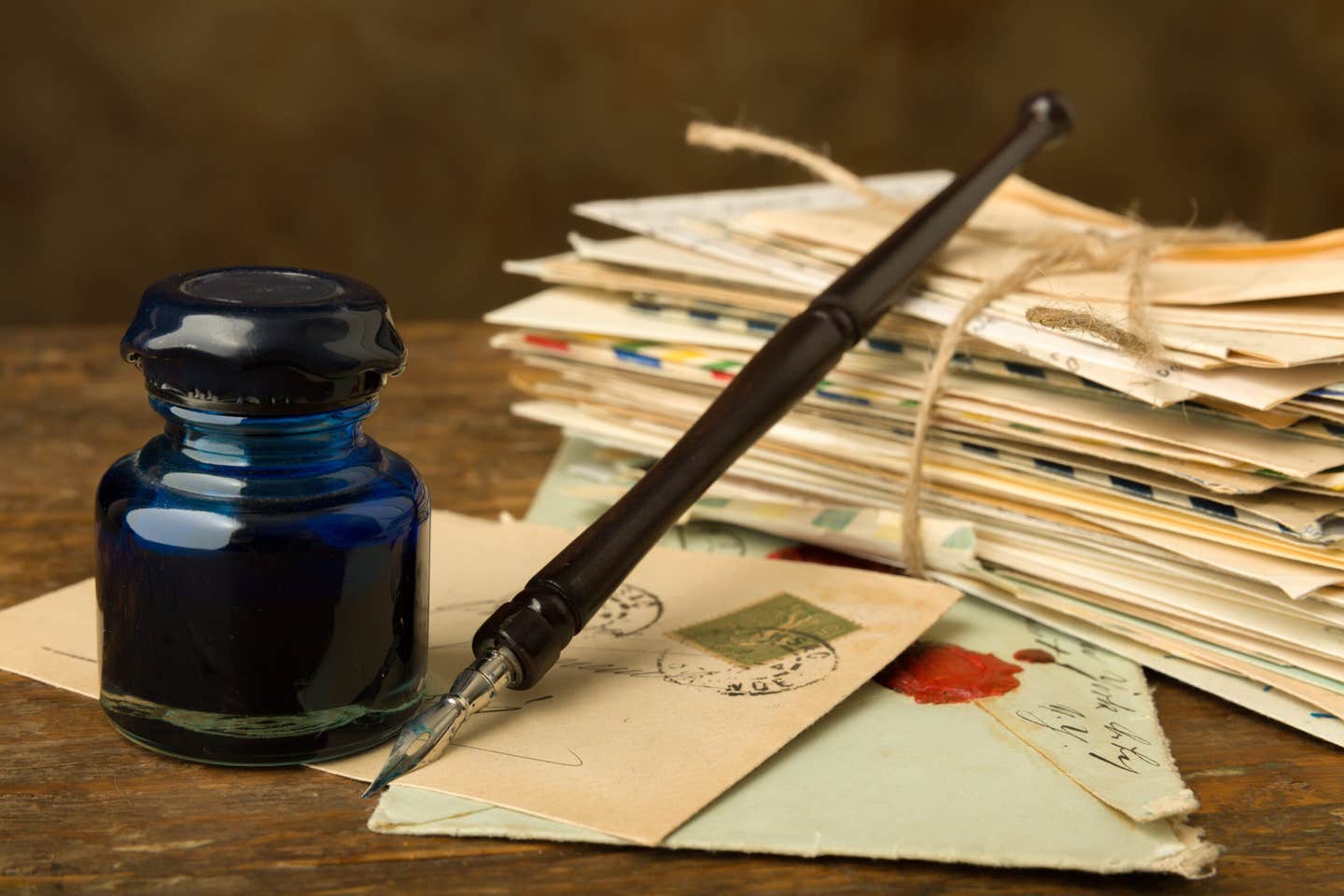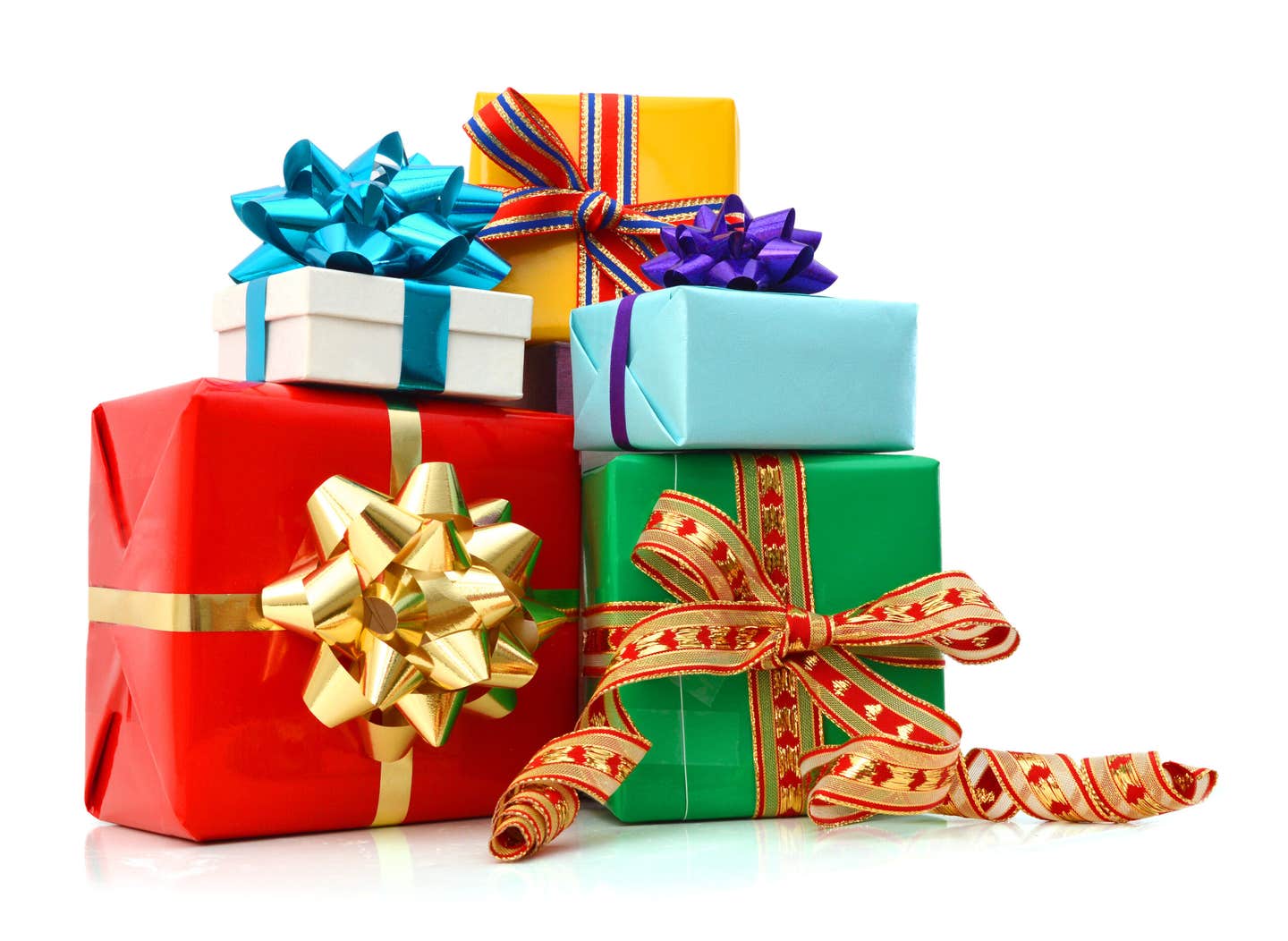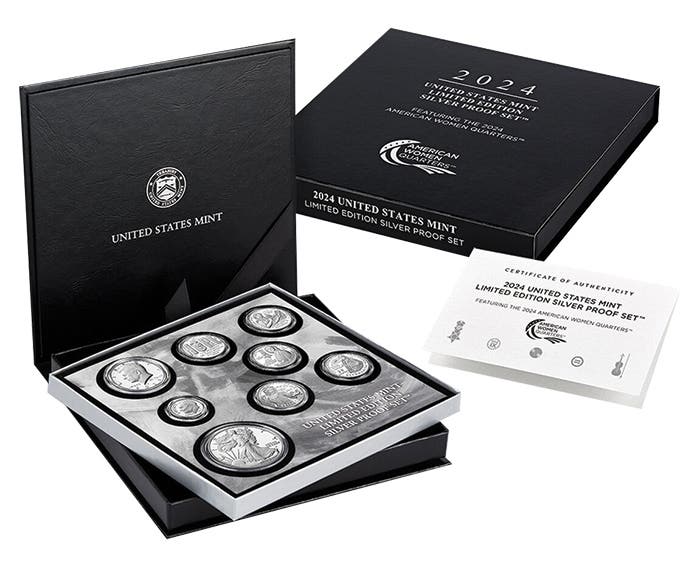Coin Clinic: How Can I Determine the Value of an Error Coin?
Wouldn’t eye appeal be superior on a coin that has a better finish than another of the same grade? One person may like nicely toned coins while someone else doesn’t…
Wouldn’t eye appeal be superior on a coin that has a better finish than another of the same grade?
One person may like nicely toned coins while someone else doesn’t like toning at all. A third person might think the toning on one coin is attractive, while the toning on another coin is ugly. The same goes for your opinion of the mint luster, if still present.
Doesn’t eye appeal on a coin help determine its value?
One of the reasons there are wide price discrepancies for some coins of the same date, mint mark, and like certified grade has to do with the opinion of the eye appeal between the buyer and seller.
How can I determine the value of an error coin?
There is no definitive price guide for error coins since as an error each coin stands on its own. An error coin is different from, for example, a 1937-D three-legged Buffalo nickel where the die is the problem rather than the manufacturing process. In general, the more graphic the error, the more desirable the coin becomes. Such minor problems as a letter filled in by foreign material don’t command much value.
I got a new nickel in change, a 2019 P. It had a very clear mint mark 'P' under the date. Are other coins for circulation going to have the mint mark 'P' on them?
The U.S. Mint determines when mint marks will appear on coins struck at the facility in Philadelphia. This has changed several times in recent years, but the mint doesn’t appear to have a consistent policy regarding identifying coins struck at the Philadelphia facility.
Is there any value to a Buffalo nickel on which the date has been worn off?
The coin is of little value to collectors, however, coin dealers pay a premium for these nickels since the coins are used in jewelry.
Is there any value to a dateless Buffalo nickel that due to the variety can be identified as a Type One 1913 issue?
There is a premium value on the Type One 1913 P-D-S Buffalo nickels on which the date has been worn off, however, this premium is minuscule since dated examples are readily available.
Dateless 1913 Type One Buffalo and 1937-D Three-Legged Buffalo nickels can be identified without chemical enhancement. Are there any other dates?
Enhanced hair detail above the ribbon knot on the Indian on 1921 and 1921-S nickels is visible even on coins in About Good condition. These are the only two dates in the series with this particular sub-type design that can be identified in such a low grade. The knot was re-engraved.
There are chemicals that you can use to restore the date on a worn Buffalo nickel. Are these chemicals harmful?
The chemical of choice is ferric chloride, a highly corrosive acid that can poison the person using it if swallowed. It is a dehydrating agent. Contact with ferric chloride can also be detrimental to the skin.




